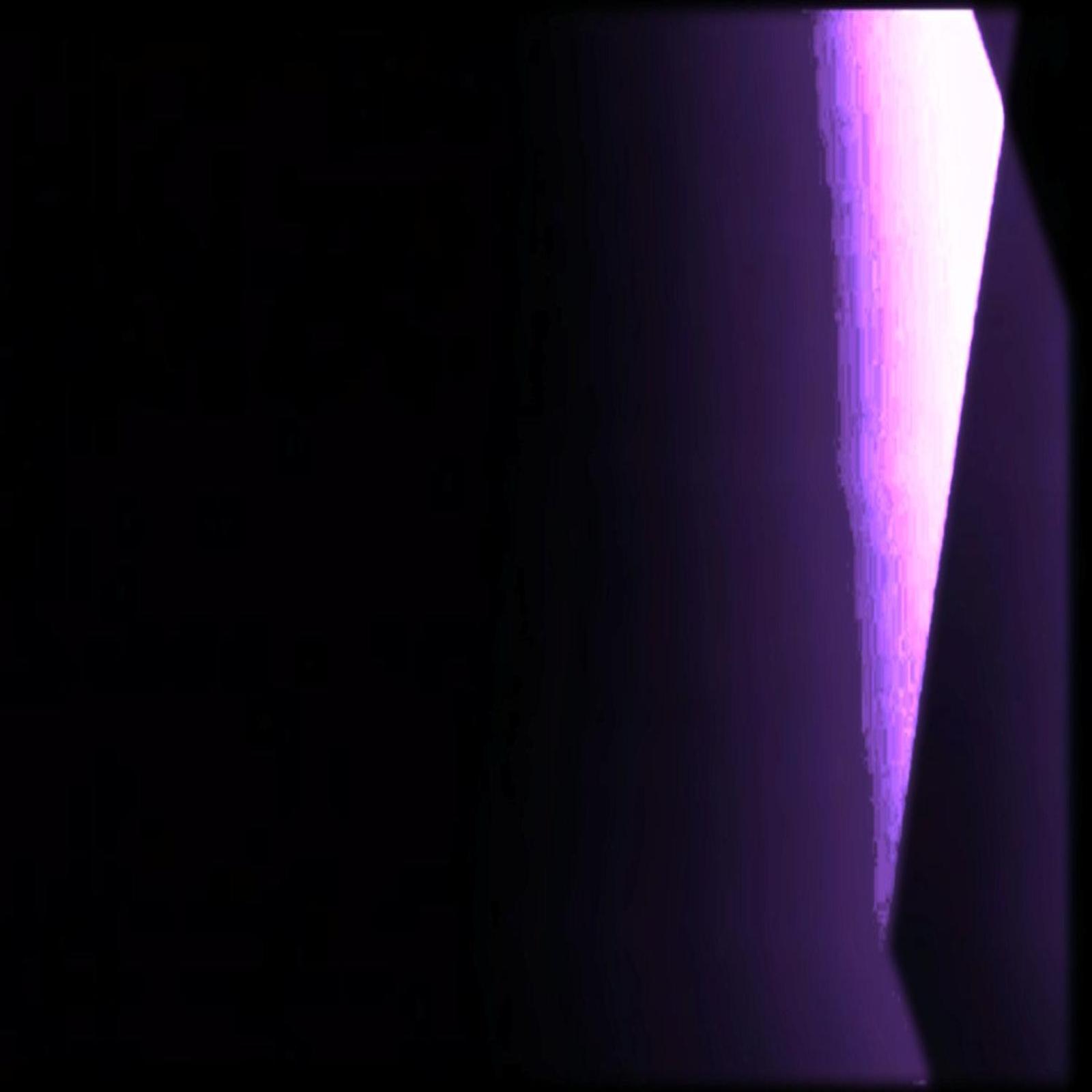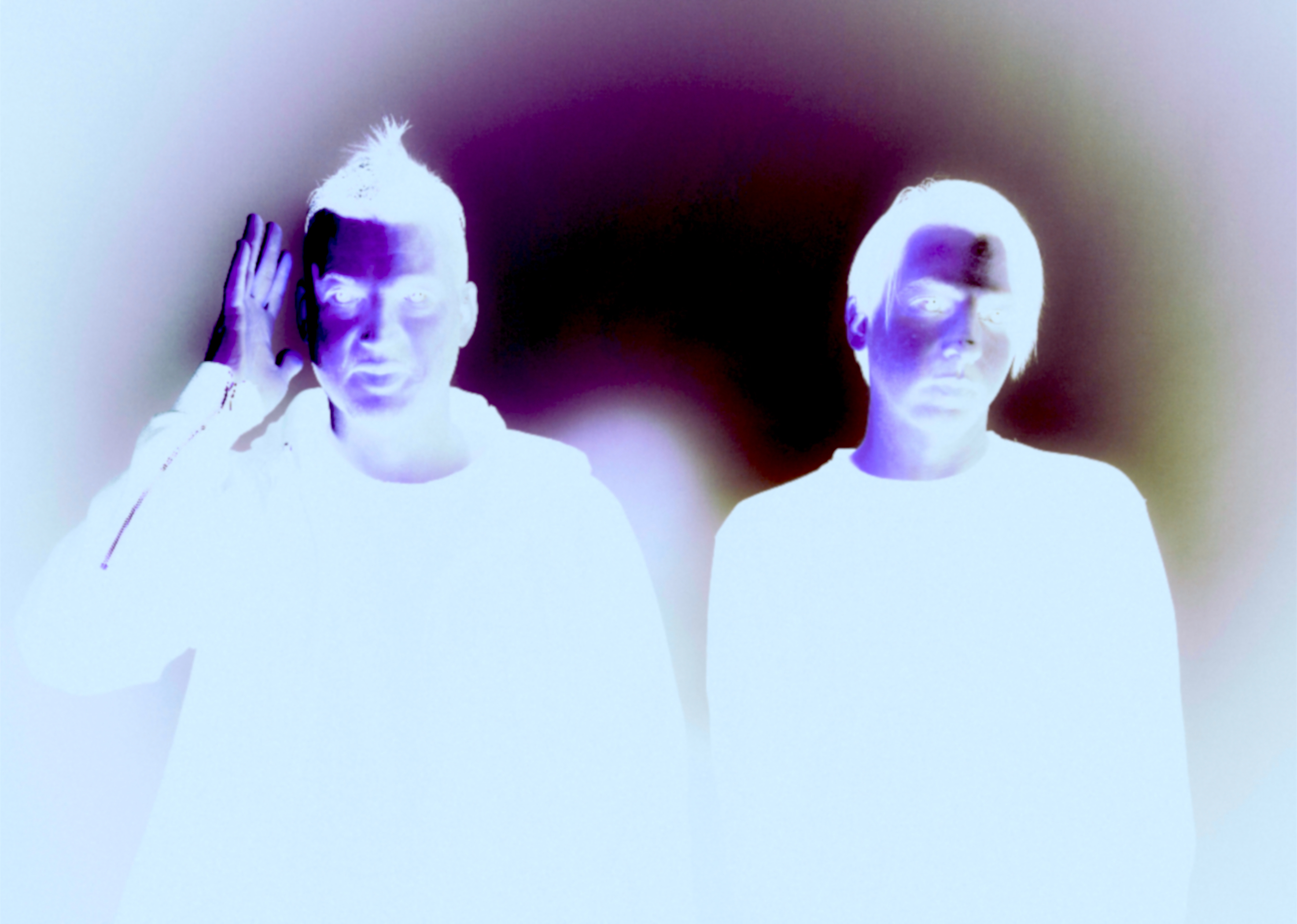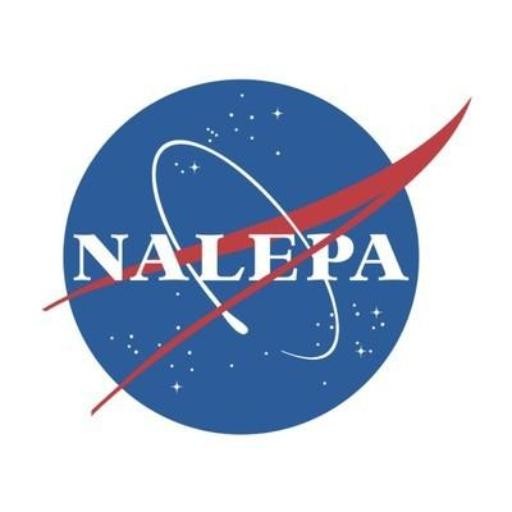AIRSPACE – LP1







Airspace is a new audio-visual collaborative work between LA-based producer Steve Nalepa (The Acid, TeamSupreme), innovative guitarist Tony Bevilacqua, and London-based visual artist Zak Norman. The first work to emerge from this union is a 45 minute juxtaposition of Nalepa and Bevilacqua’s ambient drone pieces together with Norman’s complex analog visual processing of each piece into a transient painting of color and light. The work has been designed for home viewing, as well as live performances and a bespoke installation.
The project began with Nalepa and Bevilacqua experimenting with an Electro-Harmonix Freeze pedal, running various instruments through it and creating frozen textures. Layering them together, they created lush, dreamlike drone compositions that took on a mesmerizing life of their own. To give the project a structure and create a set of limitations to work within, they decided to create drones for each of the seven ivory keys, starting with F and following the circle of fifths. Iterating within these confines, the artists are exploring the possibilities available to them, adding a level of complexity with each subsequent release. The songs have simple titles, named after their root note and the number of the LP, a loose reference to Manuel Göttsching’s classic E2-E4. Airspace generates an immersive universe with a depth of sound and understanding of pacing and restraint that places this music firmly beyond a simple meditation categorization and into the otherworldly spaces of the horrors and beauty of the soul.
The visual elements have been created by Zak Norman, his first work following his collaboration with Squarepusher on the Damogen Furies world tour. The visuals were created through a painstaking process in which each musical element was individually analyzed and run through an array of analog equipment, individually colorized and composited back into a single entity, frame by frame. The process is cartographic in the way it creates landmarks that are represented both audibly and visually inside a vast canvas of color. From a distance the imagery looks almost singular, it is only on closer inspection that all the intricate relationships between the layers are revealed.
Norman says “By using this process, the content invokes a visual ethos which entirely mirrors that generated by the music; the creation of an environment that is at once both expansive and extremely complex, and can be experienced on either a collective or deeply personal level. The visual themes are loosely meditative in so far they aspire to create a space to totally immerse the audience, but in a way that eschews any defined spirituality. Each track is given a treatment, based around a color from the natural spectrum and can be displayed as both a closed and open environment.”
AIRSPACE – AIRSPACE LP


KARYYN – MOVING MASSES (AIRSPACE REMIX)
AIRSPACE – STILLNESS (MUTE RECORDS)
Airspace launched a new single on Mute Records. The haunting video for “Stillness” was created by Zak Norman, a British visual artist and stage designer who operates under the pseudonym of Black Box Echo. He created the album art for all Airspace releases including this one, utilizing his complex analog visual processing. Along with his own pieces, he has collaborated with musicians such as Squarepusher, Bicep and Africa Express on set pieces and touring productions.
Airspace are LA-based producer Steve Nalepa (The Acid, TeamSupreme) and guitarist Tony Bevilacqua (The Distillers, Cold Showers) and their new single features an instrumental collaboration with K Á R Y Y N whose debut album, THE QUANTA SERIES, was released earlier this year on Mute. Both “Stillness” and “Cytokinesis (Instrumental)” take the listener into an immersive universe, an ambient journey into the otherworldly spaces of the horrors and beauty of the soul. Bevilacqua started “Stillness” “as a string composition intended to invoke being in a place far away from anything, in untouched, raw nature.” During sessions for K Á R Y Y N’s debut album, Nalepa and K Á R Y Y N began reworking Airspace’s “Stillness” track into a brand new track “CYTOKINESIS”. The version on the single is the unreleased instrumental; the original version appears on THE QUANTA SERIES.
Californian polymath Steve Nalepa is known for his vast and eclectic array of artistic collaborators. Together with Ry X and Adam Freeland he releases music and tours with his band The Acid (Infectious/Mute), he is a founding member of esteemed beat collective TeamSupreme and a key node in the electronic music scene, cultivated through years of creating music and producing events. Nalepa has published award-winning art books through the self-launched Dilettante Press, scored several feature-length documentary films, devised and engineered Ableton Live rigs for such acts as Blood Orange, Nick Murphy, Drake and The Weeknd.
Tony Bevilacqua is a guitarist based in Los Angeles who has performed and recorded with a plethora of artists including Brody Dalle, Adam Freeland, Har Mar Superstar, The Soft Pack, jennylee, La Sera, Cold Showers and Spinnerette. His band The Distillers are about to embark on autumn dates throughout North America after a string of European festival appearances.

Airspace / Cat. Number: iMute607
Stillness
Cytokinesis (Instrumental) featuring K Á R Y Y N
Listen to the single
AIRSPACE – LP3

Airspace photo by Richard Farmer
